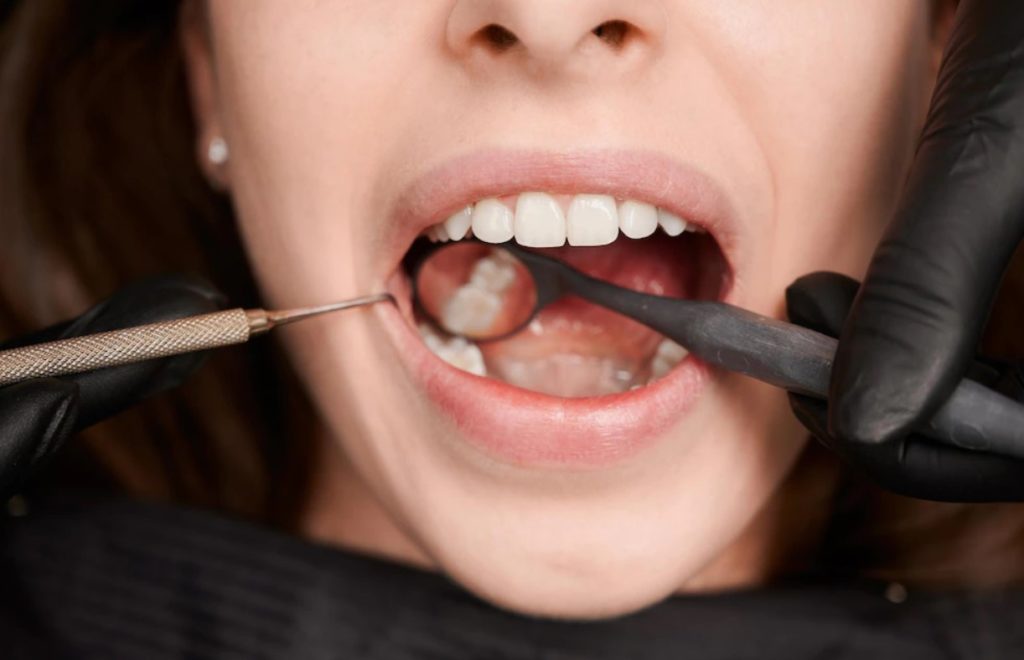
It is projected that 2.3 billion individuals worldwide suffer from persistent tooth decay. As a result, it’s no surprise that tooth fillings are one of the most frequent dental procedures. Does this imply that everyone knows everything about them?
#1: Dental fillings are used to heal tooth decay: FACT
Isn’t it self-evident? Not according to the 18% of Dental survey respondents who argue with this assertion. We discovered that the lesser the academic level of people surveyed, the greater the proportion of people who are unaware that dental fillings cure caries.
To cure a cavity, dentists eliminate the decaying portion of the tooth and then replace the formerly damaged space with various materials such as metal, composite, and others. Fillings are also utilized to treat teeth that have been cracked, damaged, or corroded.
#2: Dental fillings can be manufactured in a lab: FACT
Dental labs often specialize in the fabrication of bigger dental restorations such as dental crowns, bridges, or dentures. They can, therefore, occasionally create a restoration that functions like a tooth filling but is constructed of metals, ceramics, or zirconia. The majority of Dental survey respondents (61 percent) are aware of this fact.
#3: The mercury in dental amalgams is hazardous: SOMETIMES
The question of whether the mercury in old amalgam fillings might cause injury is a hotly debated topic in the dental community. This likely explains the similar distribution of responses between those who believe the mercury in amalgam fillings is hazardous and those who disagree or are unsure.
What does the research show? While the amalgam does emit trace quantities of mercury vapor over time, most people believe breathing mercury vapor to be safe. Nevertheless, the recent Food and Drug Administration warning against mercury-containing amalgam fillings targets particular high-risk groups. Pregnant women or those in the process of becoming pregnant, nursing mothers, children under the age of six, and persons with neurological diseases or renal malfunction are among those who qualify.
#4: Tooth rot can develop behind a dental filling: FACT
Most of us are undoubtedly familiar with this challenge: You have a dental filling for a painful tooth, and the problem is addressed… Yes, but not indefinitely. A new decay appears on the same tooth months or years later. Most Dental respondents (61%) had most likely encountered or heard of similar instances.
A new hole can form on a restored tooth for various reasons, the most prevalent of which are: a poorly cleaned decaying surface in the first place or an entirely new tissue contaminated.
#5: Composite fillings can be brightly colored (for example, pink or blue): FACT
Dental fillings are designed to look as close to natural teeth as possible. Can other hues also have a purpose? It is believed that colored fillings help motivate youngsters to get their teeth cleaned. As a result, several companies provide vividly colored composites from which young patients might pick. However, only 30% of survey respondents are aware of this option.
#6: Dental fillings can be made to look like natural teeth: FACT
Materials and technology now enable the creation of attractive and long-lasting dental restorations. When paired with the expertise of a dentist in Chandler, this can lead to a dental filling that is unrecognizable from a natural tooth.
The majority of those polled (68%) agree on this point, while the remaining 23 percent are skeptical.
As you are considering getting dental fillings in Chandler, AZ, call our experts at Peace of Mind Dental Studio to learn more or schedule an appointment.


